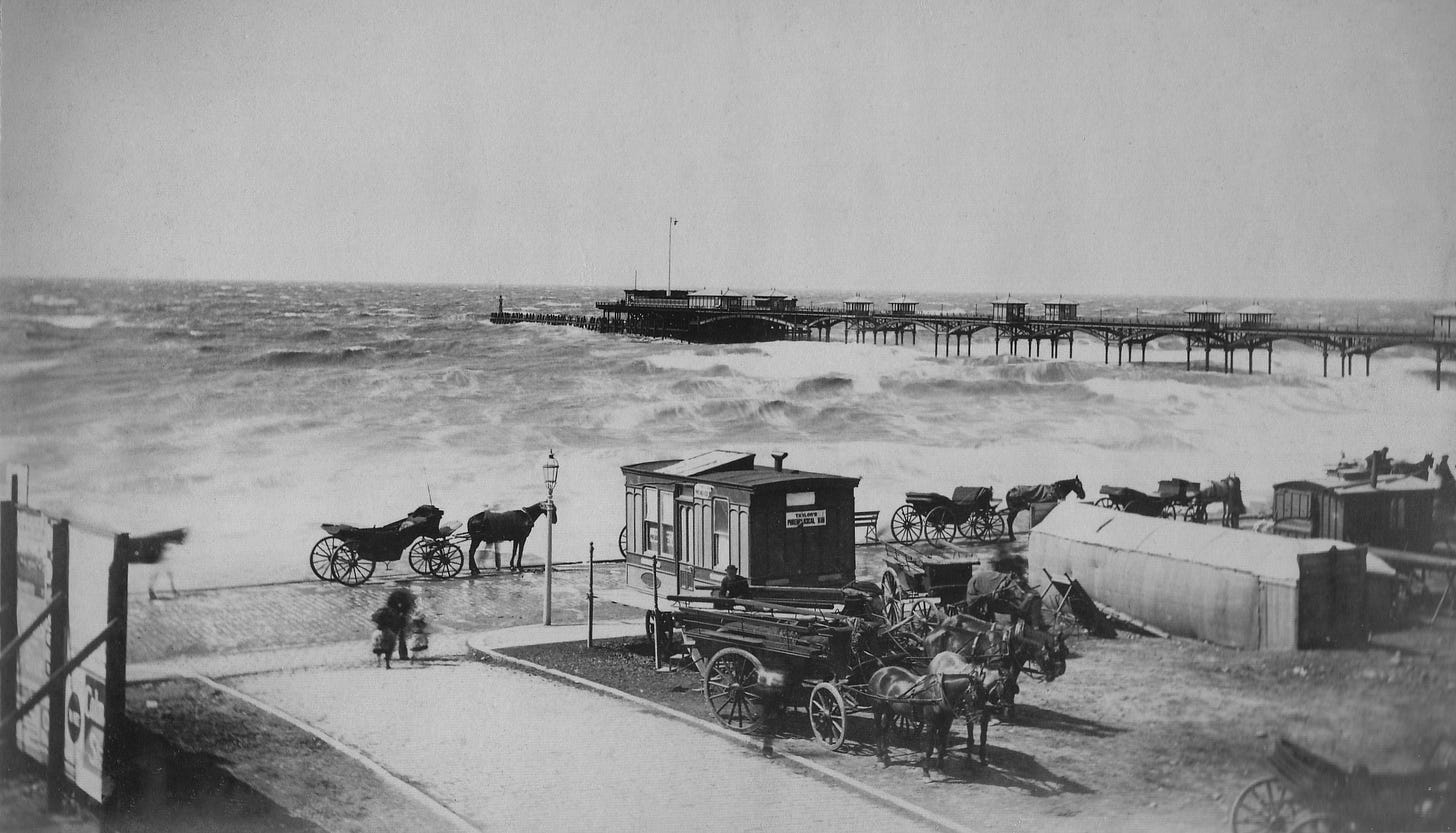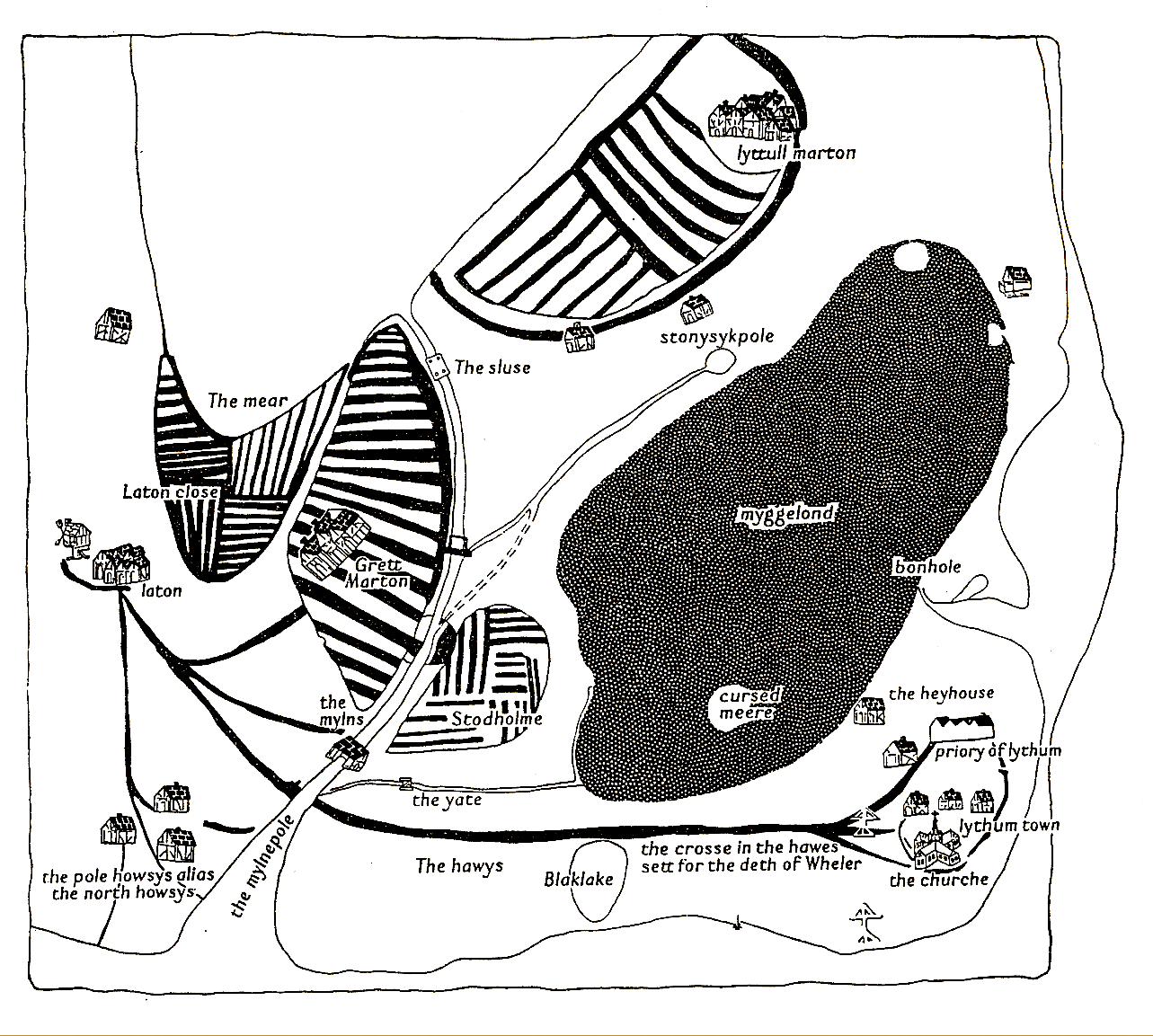The birthplace of Blackpool as we know it
Historian Robert Leach explores the earliest recorded history of 'lower' Blackpool

Lower Blackpool, an area bordered, roughly speaking, by Chapel Street, Princess Street, Central Drive and the foreshore, is the birthplace of Blackpool as we know it.
‘Lower ‘because it lay south of where the town centre was to grow up, or ‘Lower’ because the land fell away from the Tower headland, or both? I guess we’ll never know for sure.
The earliest recorded history of the area dates to 1532; three houses are depicted in the vicinity on what is known as Butler's map, a map produced for a court case in that year and are described there as Pull Houses. Pull is the ancient name for a stream or Dyke, hence Black Pull, which later became known as Blackpool.
It was long thought that a register of 1602 pertaining to the birth of Ellen Cowburn was the first time the name ‘Blackpool’ was recorded. A new record has come to light from the previous year, which mentions a John Warbrick of the Blackpoole, within the Township of Layton.
One of these houses was known as Cowburns, latterly Blundell Cottage; the Cowburn family inhabited the cluster of buildings at the end of Princess Street since at least the late 16th century; it was later developed into a builder's yard and workshop by local Joiner & Builder James Blundell Fisher, eventually being replaced by Foxhall Garage.
My fifth great uncle, Lawrence Leach, lived at Blundell cottage during the 1850s, as he had married Blundell Fisher’s sister, Elizabeth. Blundell Fisher had, by this time, built a home for himself on Princess Street, Ventnor House.
After the death of Elizabeth Fisher, the two men married twin sisters Agnes and Eleanor Eamer, who became beneficiaries of the sale of Shaw’s Top O’ the Town Farm in 1860. Blundell Fisher became Councillor of the newly incorporated Borough of Blackpool, representing Foxhall Ward in 1876, a position he held for 12 years, while Lawrence Leach met a much less auspicious end, dying from injuries in a drunken altercation on Layton Hawes at South Shore in 1864. Gypsy Ned Boswell was charged with his murder but later acquitted at Lancaster Crown Court.
Keep reading with a 7-day free trial
Subscribe to The Blackpool Lead to keep reading this post and get 7 days of free access to the full post archives.



